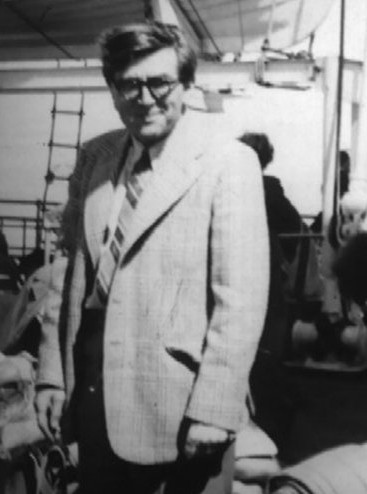-
(b.) -1908 July 15(d.)1978 August 30
Bio/Description
A Polish mathematician and cryptologist who worked at breaking German Enigma ciphers before and during World War II, he was, from September 1932, a civilian cryptologist with the Polish General Staff's Biuro Szyfr?w (Cipher Bureau), housed in the Saxon Palace in Warsaw. He worked there with fellow Poznań University alumni and Cipher Bureau cryptology-course graduates Marian Rejewski and Jerzy R?życki. Together they developed methods and equipment for breaking Enigma messages. In late 1938, in response to growing complexities in German encryption procedures, he designed the "perforated sheets," also known as "Zygalski sheets," a manual device for finding Enigma settings. This scheme, like the earlier "card catalog," was independent of the number of connections being used in the Enigma's plugboard, or commutator. After the war he remained in exile in the United Kingdom and worked, until his retirement, as a lecturer in mathematical statistics at the University of Surrey. During this period he was prevented by the Official Secrets Act from speaking of his achievements in cryptology. In ?Turing?s Cathedral? by George Dyson it is noted that he, along with Jerzy R?zycki, and Marian Rejewski, ??assisted by French intelligence and an interest in the German Enigma dating back to an interception by Polish customs officers in 1928, narrowed the search for rotor configurations so that electromechanical devices (called ?bombas? by the Poles and ?bombes? by the British) could apply trial and error to certain subsets that remained.? Shortly before his death, he was honored by the Polish University in Exile with an honorary doctorate for his role in breaking Enigma.
-
Date of Birth:
1908 July 15 -
Date of Death:
1978 August 30 -
Gender:
Male -
Noted For:
Designer of the "perforated sheets," also known as "Zygalski sheets," a manual device for finding Enigma settings -
Category of Achievement:
-
More Info:


